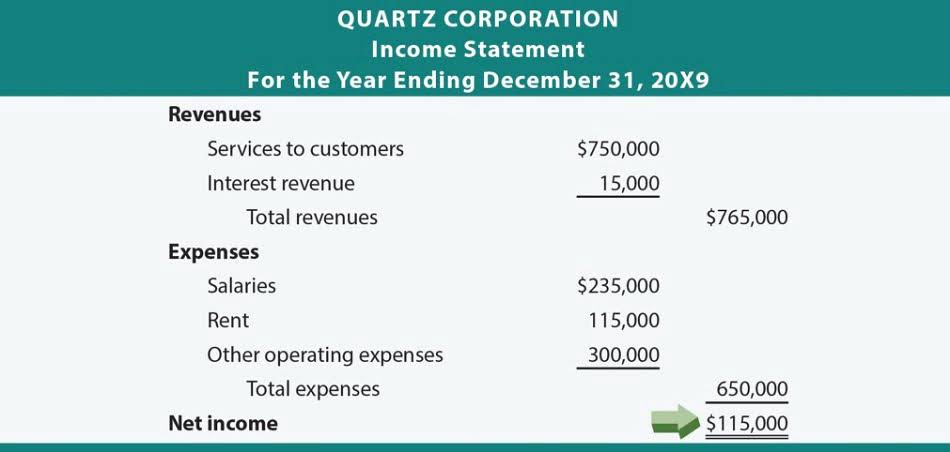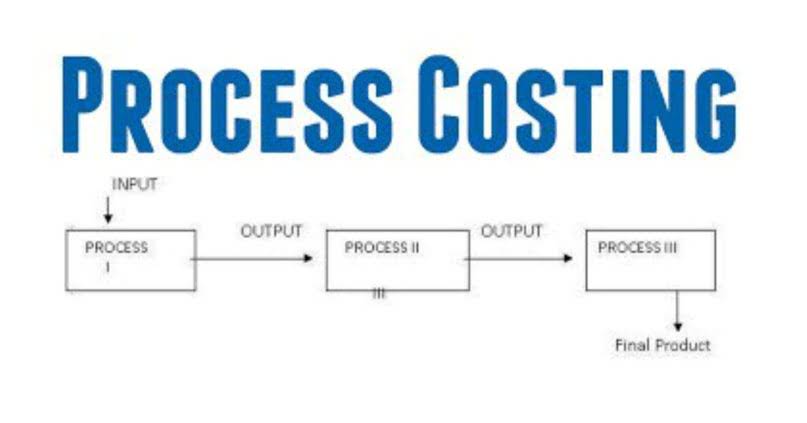
Explain why knowledge of cost behavior is useful in product performanceevaluation. Explore our marketplace and find the perfect tool to streamline your processes today. WIP in a service firm is similar to that in a manufacturing context in that it represents the value of the unfinished work. Upgrade to one of our premium templates when needed and take your work to the next level.

A summary of the concept of product cost and period cost

For instance, a spike in rental expenses due to market changes would necessitate a reevaluation of pricing to ensure that the increased costs do not erode profit margins. This agility helps Remote Bookkeeping businesses remain competitive and financially healthy in a dynamic economic environment. The inclusion of period costs in pricing decisions also involves a strategic component.
Product costs and period costs
- Depreciation of factory equipment is typically considered a manufacturing overhead and, thus, a product cost.
- This purchases budget is required to calculate the amount of raw material that needs to be purchased for the production process and estimate the related costs.
- Accountants treat all selling and administrative expenses as period costs for external financial reporting.
- In line with accrual basis accounting, this practice records income when it’s earned and expenses when they are incurred, independent of cash flow.
- Many employees receive fringe benefits paid for by employers, such as payroll taxes, pension costs, and paid vacations.
- Direct materials are those materials used only in making the product and there is a clear, easily traceable connection between the material and the product.
By recognizing Period Costs in the income statement, stakeholders can assess the company’s ability to generate profits from its core activities and evaluate its operating efficiency over time. When preparing financial statements, companies need to classify costs as either product costs or period costs. We need to first revisit the concept of the matching principle from financial accounting. Indirect labor consists of the cost of labor that cannot, or assets = liabilities + equity will not for practical reasons, be traced to the products being manufactured.
Types of Period Costs
By properly categorizing costs as either product or period expenses, organizations can achieve a true representation of their financial performance. It underpins effective pricing strategies, budget control, and investment planning, which are critical for the sustainable growth of a business. Delving into the specifics of period costs provides a clearer picture of how businesses categorize and manage their expenses. These costs are integral to understanding the financial landscape of a company and require a detailed examination to appreciate their role in accounting and management.
- Therefore, before talking about how a product cost differs from a period cost, we need to look at what the matching principle says about the recognition of costs.
- In general, overhead refers to all costs of making the product or providing the service except those classified as direct materials or direct labor.
- The seemingly straightforward cost classification practice lays the foundation for a robust ascertainment of a product’s true cost, profitability, and, ultimately, the company’s financial health.
- The pricing strategy must then be adjusted over time as the business scales and these costs become a smaller proportion of the total expenses.
- The wages on which the labors are hired for production also fall under the product expenses.
- The costs are not related to the production of inventory and are therefore expensed in the period incurred.
This precise allocation allows stakeholders to interpret the company’s past performance and predict its future profitability. Since these costs cannot be directly linked to the production of goods, they are not included in the inventory value. Instead, they period costs are expensed on the income statement in the period they are incurred.
SaaS Financial Model Template
In other words, they are initially classified as assets and are transferred to expense when they are sold. This purchases budget is required to calculate the amount of raw material that needs to be purchased for the production process and estimate the related costs. Such costs include expenses, like compensation, employee benefits, and payroll taxes. The wages on which the labors are hired for production also fall under the product expenses.
- This distinction emphasizes the importance of understanding the flow of costs within a company.
- Variable period costs can be more challenging to predict and manage than fixed costs since they are directly tied to production levels.
- The indirect expense related to manufacturing a finished product that cannot be directly traced is the factory or manufacturing overheads.
- Product costs are treated as inventory (an asset) on the balance sheet and do not appear on the income statement as costs of goods sold until the product is sold.

In this context, product costs consist primarily of the purchase costs of the inventory. It is the price paid to suppliers for the goods plus any additional costs necessary to get the inventory to its sale location, such as freight-in and import duties. Assuming these inventories are sold next period, the remaining 30% of product costs will become expenses. Choosing the appropriate method of allocating Period Costs depends on factors such as the nature of the business, the complexity of operations, and the availability of data. By implementing effective cost allocation methods, businesses can gain insights into their cost structure, enhance decision-making capabilities, and ultimately drive sustainable growth and profitability. Direct allocation provides a simple and transparent way to assign costs to cost objects, making it easier to trace expenses and calculate the true cost of producing goods or services.
